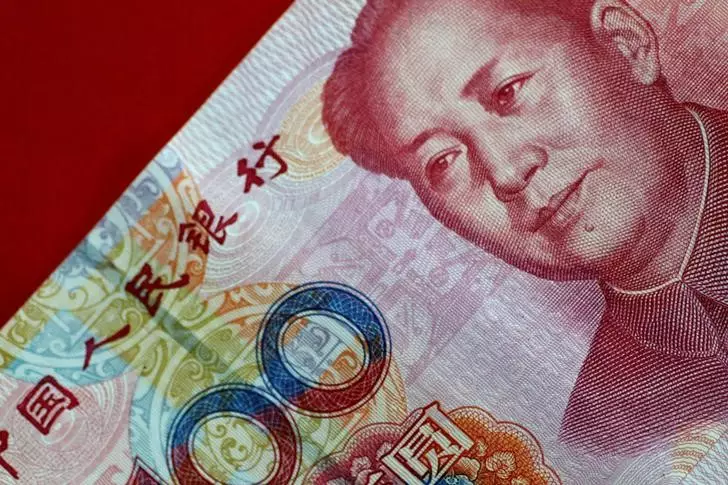As we embark on a comprehensive analysis of the recent trends in Asian currencies, it becomes imperative to note the prevailing influence of the U.S. dollar. The dollar’s strength, hovering near a two-year peak, has imposed significant downward pressure on various Asian currencies. This article dissects the factors contributing to the current state of these currencies, highlighting the volatility of the Chinese yuan while placing the regional economic landscape into broader context. The impact of Federal Reserve policy statements on monetary dynamics is also examined.
Recent financial data underscores a distressing trend for the Chinese yuan, which has slid to a staggering 17-year low against the dollar. Crossing the psychologically crucial threshold of 7.3 per U.S. dollar signals deeper economic concerns, including growth stagnation and a widening interest rate divide between China and the United States. As the yuan dipped to an onshore trading level of 7.3648, the People’s Bank of China (PBOC) took precautionary steps to stabilize its value. The central bank set a stronger reference rate, aiming to counteract the market’s bearish sentiment and set a tone of control.
Despite the PBOC’s interventions, the yuan’s inability to bounce back raises alarm bells about the broader economic challenges facing China. The international financial community is closely scrutinizing China’s forthcoming stimulus measures, anticipated for implementation in 2025. However, there remains uncertainty as markets await definitive policy frameworks from the Chinese government, creating a sense of anxiety throughout the regional economic sphere.
The Federal Reserve’s recent statements carry considerable weight in influencing Asian currencies. Central bank officials reaffirmed their fight against inflation but cautioned against adverse effects on labor markets. The delicate balance they seek to strike leaves regional currencies vulnerable as the U.S. dollar climbs. Even as the US Dollar Index showed minor fluctuations, its proximity to multiyear highs creates a wave of trepidation among Asian economies.
Market participants are particularly vigilant as the Federal Reserve prepares to release the minutes from its December meeting. Speculation surrounding interest rates’ trajectory may further exacerbate volatility across Asia’s currency landscape. As rates are predicted to remain elevated for an extended period, the dollar is expected to continue holding strong, putting extra pressure on its Asian counterparts.
While the yuan’s dismal performance captures headlines, it is crucial to consider the broader Asian context. The Japanese yen, for instance, has encountered challenges despite positive signals from its services sector, which reported growth for the second consecutive month. This contradiction reflects the complexity of Japan’s economic situation, where domestic growth is insufficient to counterbalance external pressures stemming from a strong U.S. dollar.
Similarly, the Australian dollar and Singapore dollar have exhibited marginal fluctuations, mirroring the mixed signals across the region. While the Thai baht weakened, the Indian rupee showed minor resilience but remains susceptible to broader dollar-centric trends. Interestingly, the South Korean won experienced temporary gains amidst political unrest, demonstrating that local circumstances can significantly influence currency performance despite overwhelming external factors.
As we contemplate the future of Asian currencies, it is evident that significant uncertainty looms. The imminent December jobs report in the U.S. will likely provide additional context regarding the Fed’s monetary policy trajectory, influencing both local and regional currencies. At the same time, anticipated stimulus measures from China could either provide a lifeline to the struggling yuan or fall short of expectations, compounding pressures on regional economies.
The Asian currency landscape is heavily shaped by external forces, notably the U.S. dollar’s unwavering strength. Investors and policymakers alike must navigate intertwined challenges—economic factors, geopolitical tensions, and monetary policy shifts—as they work to stabilize their currencies amidst a tumultuous global economic environment. The interplay of these elements promises to keep both analysts and market participants on their toes in the foreseeable future.

